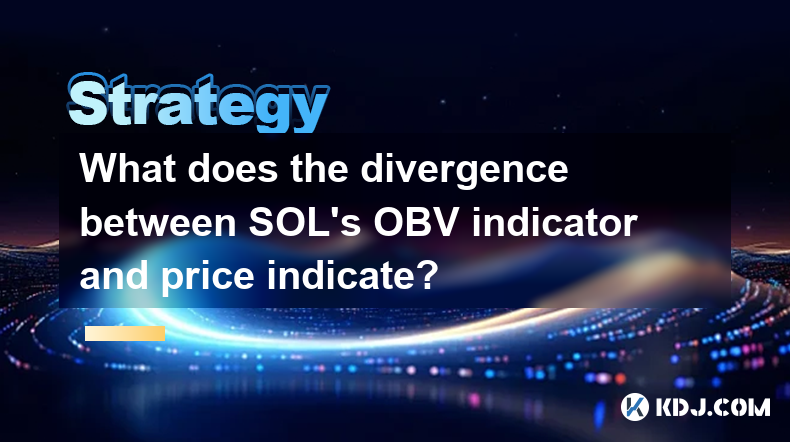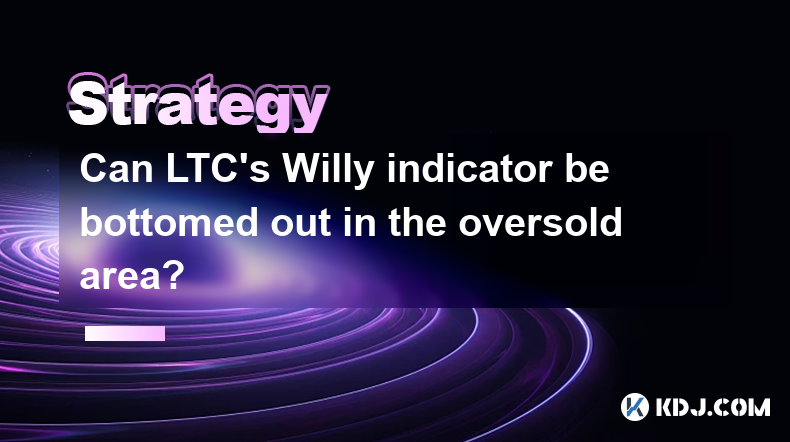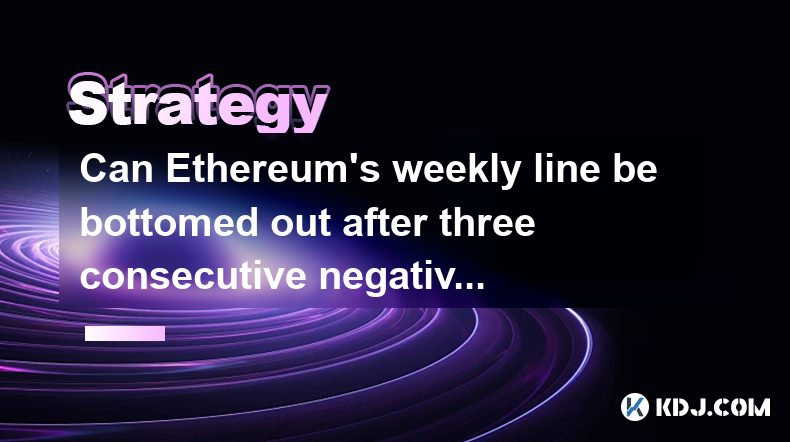-
 Bitcoin
Bitcoin $93,489.6049
0.59% -
 Ethereum
Ethereum $1,770.9424
-0.67% -
 Tether USDt
Tether USDt $1.0004
0.03% -
 XRP
XRP $2.2214
0.13% -
 BNB
BNB $599.8554
-0.71% -
 Solana
Solana $150.5028
0.43% -
 USDC
USDC $1.0000
0.01% -
 Dogecoin
Dogecoin $0.1805
1.97% -
 Cardano
Cardano $0.7343
5.30% -
 TRON
TRON $0.2469
0.86% -
 Sui
Sui $3.2945
13.04% -
 Chainlink
Chainlink $15.0069
1.74% -
 Avalanche
Avalanche $22.4310
1.36% -
 Stellar
Stellar $0.2788
4.96% -
 UNUS SED LEO
UNUS SED LEO $9.2191
1.61% -
 Shiba Inu
Shiba Inu $0.0...01358
1.86% -
 Toncoin
Toncoin $3.1906
3.03% -
 Hedera
Hedera $0.1876
3.89% -
 Bitcoin Cash
Bitcoin Cash $352.6211
-1.87% -
 Polkadot
Polkadot $4.1699
2.88% -
 Litecoin
Litecoin $83.6015
0.19% -
 Hyperliquid
Hyperliquid $18.2483
0.44% -
 Dai
Dai $0.9999
0.00% -
 Bitget Token
Bitget Token $4.4519
-1.23% -
 Ethena USDe
Ethena USDe $0.9995
0.02% -
 Pi
Pi $0.6540
0.66% -
 Monero
Monero $226.4968
-0.93% -
 Uniswap
Uniswap $5.8847
-1.48% -
 Pepe
Pepe $0.0...08718
0.14% -
 Aptos
Aptos $5.5226
3.89%
What does the divergence between SOL's OBV indicator and price indicate?
OBV divergence can signal potential Solana (SOL) price reversals; bullish divergence suggests buying pressure, while bearish indicates selling pressure.
Apr 24, 2025 at 03:36 pm

The divergence between the On-Balance Volume (OBV) indicator and the price of Solana (SOL) can provide valuable insights into the underlying market dynamics and potential future price movements. The OBV indicator is a technical analysis tool that measures buying and selling pressure by adding volume on up days and subtracting volume on down days. When the OBV line diverges from the price, it often signals a potential reversal or continuation of the current trend. In this article, we will explore the significance of such divergences and what they might indicate for SOL's price.
Understanding the OBV Indicator
The On-Balance Volume (OBV) indicator is a momentum indicator that uses volume flow to predict changes in stock price. The core principle behind OBV is that volume precedes price movement. If the price of SOL increases, the volume from that day is added to the OBV. Conversely, if the price decreases, the volume is subtracted from the OBV. When the OBV line rises, it suggests that buying pressure is increasing, which could lead to an upward price movement. On the other hand, a falling OBV line indicates increasing selling pressure, potentially leading to a price decline.
Types of Divergence
There are two main types of divergence between the OBV and price: bullish divergence and bearish divergence. Bullish divergence occurs when the price of SOL is making lower lows, but the OBV is making higher lows. This suggests that despite the price decline, buying pressure is increasing, which could signal an upcoming bullish reversal. Bearish divergence, on the other hand, happens when the price of SOL is making higher highs, but the OBV is making lower highs. This indicates that despite the price increase, selling pressure is increasing, which could signal an upcoming bearish reversal.
Interpreting Bullish Divergence for SOL
When bullish divergence is observed in SOL's price and OBV, it suggests that the market might be reaching a bottom. Here's how to interpret and act on this divergence:
- Identify the Divergence: Look for instances where SOL's price is making lower lows, but the OBV is making higher lows. This can be done by plotting the OBV on a chart alongside SOL's price.
- Confirm the Signal: Look for other technical indicators that might confirm the bullish signal. For example, if the Relative Strength Index (RSI) is also showing oversold conditions, it adds credibility to the bullish divergence.
- Monitor Volume: Pay attention to volume spikes during the divergence period. Higher volumes during the formation of higher lows in OBV can strengthen the signal.
- Take Action: Consider buying SOL or increasing your position if you believe the bullish divergence will lead to a price reversal. Set appropriate stop-loss levels to manage risk.
Interpreting Bearish Divergence for SOL
When bearish divergence is observed in SOL's price and OBV, it suggests that the market might be reaching a top. Here's how to interpret and act on this divergence:
- Identify the Divergence: Look for instances where SOL's price is making higher highs, but the OBV is making lower highs. This can be done by plotting the OBV on a chart alongside SOL's price.
- Confirm the Signal: Look for other technical indicators that might confirm the bearish signal. For example, if the Moving Average Convergence Divergence (MACD) is also showing bearish signals, it adds credibility to the bearish divergence.
- Monitor Volume: Pay attention to volume spikes during the divergence period. Higher volumes during the formation of lower highs in OBV can strengthen the signal.
- Take Action: Consider selling SOL or reducing your position if you believe the bearish divergence will lead to a price reversal. Set appropriate stop-loss levels to manage risk.
Case Studies of SOL's OBV Divergence
To better understand how OBV divergence can play out in real-world scenarios, let's look at a few case studies involving SOL's price movements:
Case Study 1: Bullish Divergence in Early 2021: In early 2021, SOL experienced a period of price decline, reaching a low around $3. However, during this time, the OBV was making higher lows, indicating increasing buying pressure. This bullish divergence was followed by a significant price rally, with SOL reaching over $50 by the end of the year.
Case Study 2: Bearish Divergence in Late 2021: In late 2021, SOL reached an all-time high above $250. However, during this period, the OBV was making lower highs, indicating increasing selling pressure. This bearish divergence was followed by a sharp price decline, with SOL dropping to around $100 by early 2022.
Practical Application of OBV Divergence
Applying OBV divergence in real-time trading requires a systematic approach. Here are some steps to consider:
- Choose a Reliable Charting Platform: Use a charting platform that allows you to plot OBV alongside SOL's price. Popular platforms include TradingView, Coinigy, and CryptoWatch.
- Set Up Alerts: Many platforms allow you to set up alerts for specific conditions, such as when the OBV diverges from the price. This can help you stay informed without constantly monitoring the charts.
- Backtest Your Strategy: Before applying OBV divergence in live trading, backtest your strategy using historical data to see how well it would have performed in the past.
- Combine with Other Indicators: While OBV divergence can be a powerful signal, it's often more effective when combined with other technical indicators. Consider using tools like RSI, MACD, and moving averages to confirm your signals.
Limitations and Considerations
While OBV divergence can be a useful tool, it's important to be aware of its limitations and consider other factors:
- False Signals: Like any technical indicator, OBV divergence can produce false signals. Always use it in conjunction with other analysis methods to increase the reliability of your signals.
- Market Conditions: The effectiveness of OBV divergence can vary depending on market conditions. In highly volatile or trending markets, divergence signals may be less reliable.
- Volume Data: The accuracy of OBV depends on the quality of volume data. In less liquid markets, volume data may be less reliable, which can affect the accuracy of OBV signals.
Frequently Asked Questions
Q1: Can OBV divergence be used for short-term trading?
A1: Yes, OBV divergence can be used for short-term trading, but it's important to combine it with other short-term indicators and to use appropriate risk management strategies. Short-term traders should be aware that OBV divergence signals may be more prone to false positives in highly volatile markets.
Q2: How often should I check for OBV divergence in SOL?
A2: The frequency of checking for OBV divergence depends on your trading style. For long-term investors, checking weekly or monthly charts may be sufficient. For short-term traders, daily or even hourly checks might be necessary. Setting up alerts can help you stay informed without constantly monitoring the charts.
Q3: Is OBV divergence more effective for certain cryptocurrencies?
A3: OBV divergence can be applied to any cryptocurrency, but its effectiveness may vary depending on the liquidity and trading volume of the asset. For highly liquid cryptocurrencies like SOL, OBV divergence signals tend to be more reliable due to the availability of accurate volume data.
Q4: Can OBV divergence be used in combination with fundamental analysis?
A4: Yes, combining OBV divergence with fundamental analysis can provide a more comprehensive view of SOL's potential price movements. While OBV divergence focuses on technical aspects, fundamental analysis can help you understand the broader market conditions and the intrinsic value of the cryptocurrency.
Disclaimer:info@kdj.com
The information provided is not trading advice. kdj.com does not assume any responsibility for any investments made based on the information provided in this article. Cryptocurrencies are highly volatile and it is highly recommended that you invest with caution after thorough research!
If you believe that the content used on this website infringes your copyright, please contact us immediately (info@kdj.com) and we will delete it promptly.
- A popular anonymous crypto pundit has shared a roadmap outlining how XRP could surge from $2.15 to $1,000.
- 2025-04-25 00:20:12
- New Hampshire Advances Bill to Allow State to Invest in Digital Assets and Precious Metals
- 2025-04-25 00:20:12
- This article is compiled from the keynote speech given by Dashan, founder of Waterdrip Capital, at the Wanwu Island Sharing Session.
- 2025-04-25 00:15:12
- Helium Expands Its Community-Built Wi-Fi Network to AT&T Subscribers
- 2025-04-25 00:15:12
- Spanish University Launches the First Bitcoin Master's Degree
- 2025-04-25 00:10:11
- Institutional demand from Galaxy Digital and SOL Strategies pushes Solana price action
- 2025-04-25 00:10:11
Related knowledge

Is the increase in LINK's net outflow from exchanges a positive signal?
Apr 24,2025 at 02:35pm
The recent increase in LINK's net outflow from exchanges has sparked discussions within the cryptocurrency community about its implications for the token's future performance. LINK, the native token of the Chainlink decentralized oracle network, has seen a notable shift in its net outflow from exchanges, which many interpret as a positive signal. This a...

Is LTC's UTXO age distribution useful for judging buying and selling points?
Apr 23,2025 at 05:42pm
Is LTC's UTXO age distribution useful for judging buying and selling points? Understanding the UTXO (Unspent Transaction Output) age distribution of Litecoin (LTC) can provide valuable insights into the behavior of its holders and potentially help in making informed decisions about buying and selling points. The UTXO age distribution refers to the age o...

Can LTC's Willy indicator be bottomed out in the oversold area?
Apr 24,2025 at 01:43pm
Understanding the Willy IndicatorThe Willy indicator, also known as the Willy ratio, is a technical analysis tool used in the cryptocurrency market to gauge the sentiment of a particular asset, in this case, Litecoin (LTC). It is calculated by dividing the total trading volume of an asset by its market capitalization. The resulting ratio helps traders u...

Can Ethereum's weekly line be bottomed out after three consecutive negatives?
Apr 24,2025 at 10:56am
In the dynamic world of cryptocurrencies, understanding market trends and patterns is crucial for investors and traders alike. One of the significant aspects of technical analysis in this field is the examination of weekly line charts, particularly for major cryptocurrencies like Ethereum. The question of whether Ethereum's weekly line can be bottomed o...

Where can I find the current average holding cost of XRP in the market?
Apr 22,2025 at 11:00pm
Where can I find the current average holding cost of XRP in the market? Finding the current average holding cost of XRP in the market can be a challenging task, as this information is not readily available on most mainstream cryptocurrency platforms. However, there are several methods and resources that you can use to estimate this figure. In this artic...

What should I do if LINK's NVT signal diverges?
Apr 24,2025 at 04:14am
When the NVT (Network Value to Transactions) signal for LINK (Chainlink) diverges, it can be a significant indicator for investors and traders to take action. The NVT ratio is a valuation metric used in the cryptocurrency space to assess whether a cryptocurrency is overvalued or undervalued based on its network activity. A divergence in the NVT signal s...

Is the increase in LINK's net outflow from exchanges a positive signal?
Apr 24,2025 at 02:35pm
The recent increase in LINK's net outflow from exchanges has sparked discussions within the cryptocurrency community about its implications for the token's future performance. LINK, the native token of the Chainlink decentralized oracle network, has seen a notable shift in its net outflow from exchanges, which many interpret as a positive signal. This a...

Is LTC's UTXO age distribution useful for judging buying and selling points?
Apr 23,2025 at 05:42pm
Is LTC's UTXO age distribution useful for judging buying and selling points? Understanding the UTXO (Unspent Transaction Output) age distribution of Litecoin (LTC) can provide valuable insights into the behavior of its holders and potentially help in making informed decisions about buying and selling points. The UTXO age distribution refers to the age o...

Can LTC's Willy indicator be bottomed out in the oversold area?
Apr 24,2025 at 01:43pm
Understanding the Willy IndicatorThe Willy indicator, also known as the Willy ratio, is a technical analysis tool used in the cryptocurrency market to gauge the sentiment of a particular asset, in this case, Litecoin (LTC). It is calculated by dividing the total trading volume of an asset by its market capitalization. The resulting ratio helps traders u...

Can Ethereum's weekly line be bottomed out after three consecutive negatives?
Apr 24,2025 at 10:56am
In the dynamic world of cryptocurrencies, understanding market trends and patterns is crucial for investors and traders alike. One of the significant aspects of technical analysis in this field is the examination of weekly line charts, particularly for major cryptocurrencies like Ethereum. The question of whether Ethereum's weekly line can be bottomed o...

Where can I find the current average holding cost of XRP in the market?
Apr 22,2025 at 11:00pm
Where can I find the current average holding cost of XRP in the market? Finding the current average holding cost of XRP in the market can be a challenging task, as this information is not readily available on most mainstream cryptocurrency platforms. However, there are several methods and resources that you can use to estimate this figure. In this artic...

What should I do if LINK's NVT signal diverges?
Apr 24,2025 at 04:14am
When the NVT (Network Value to Transactions) signal for LINK (Chainlink) diverges, it can be a significant indicator for investors and traders to take action. The NVT ratio is a valuation metric used in the cryptocurrency space to assess whether a cryptocurrency is overvalued or undervalued based on its network activity. A divergence in the NVT signal s...
See all articles























































































